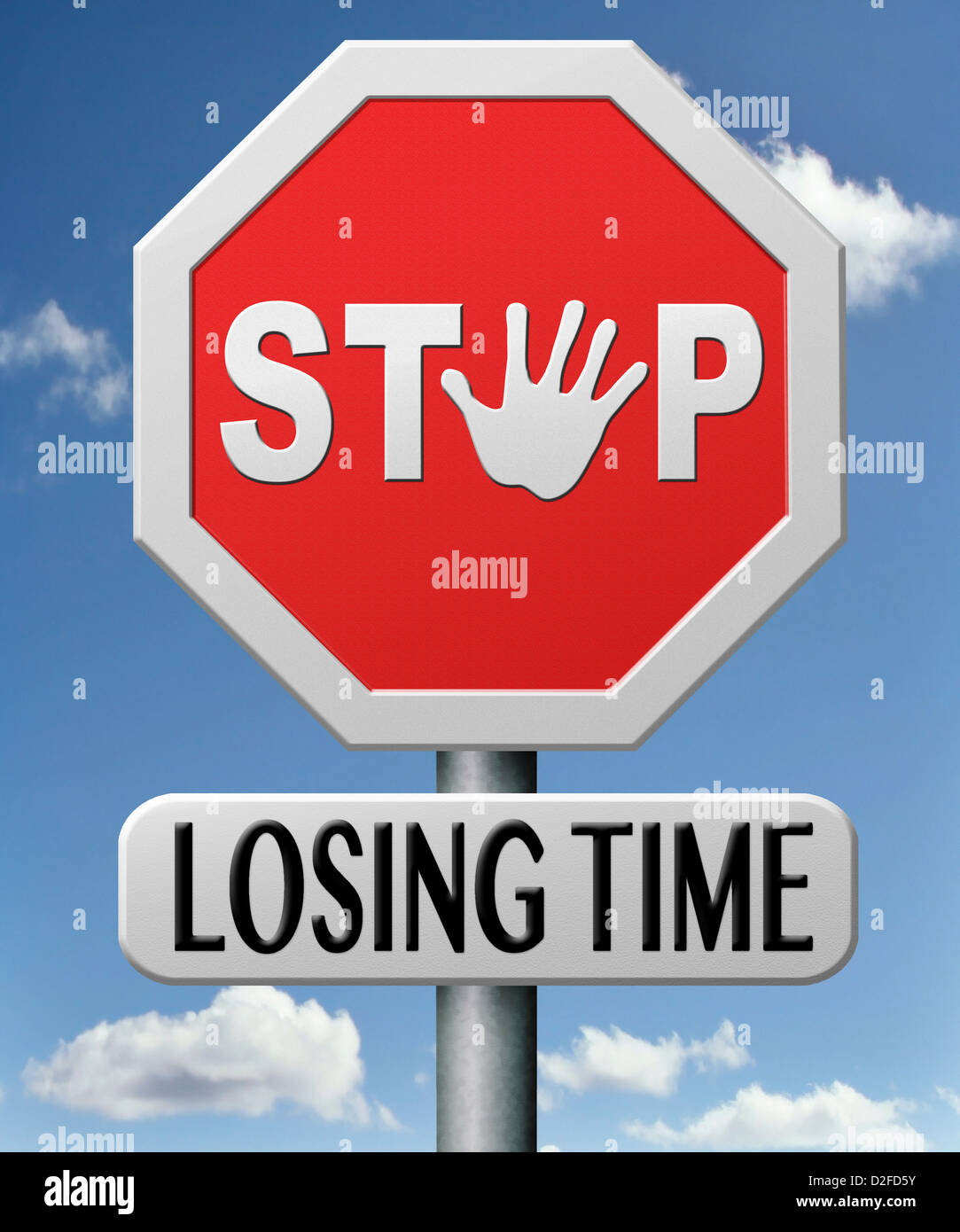
Stop Losing Guests: Mastering the Art of Post-Inquiry Follow-Up
The inquiry. That tantalizing moment when a potential guest shows interest in your establishment. It’s a fleeting opportunity, a fragile seed of possibility. But left unattended, that seed withers. Mastering the art of post-inquiry follow-up is not just about sending a generic email; it’s about nurturing that interest into a confirmed booking, transforming a curious stranger into a delighted guest. This isn’t just about conversions; it’s about crafting a memorable experience before they even arrive.
The Silent Killer: The Abandoned Inquiry
Let’s face it: most businesses fail to capitalize on inquiries. A missed call, an unanswered email – these seemingly minor oversights represent significant revenue lost. The digital age has gifted us with instant communication, yet ironically, it’s easier than ever to drop the ball. Imagine this scenario: a potential guest, excited about your unique boutique hotel, sends an inquiry. Days turn into weeks, and silence reigns. That initial spark of excitement fades, replaced by frustration and a likely booking elsewhere.
Beyond the Automated Response: Personalization is Key
Automated responses have their place, providing immediate acknowledgement. But they’re just the opening act. The true magic happens in the follow-up. Generic, mass-produced emails feel impersonal and lack the human touch that builds trust and connection. Personalization is paramount. Mention specific details from their inquiry – their desired travel dates, the type of room they mentioned, or even a passing reference to something they expressed interest in. This demonstrates you’ve paid attention, fostering a feeling of being valued.
The Multi-Channel Approach: Orchestrating the Follow-Up Symphony
Don’t rely on a single communication method. A well-orchestrated follow-up employs a multi-channel approach.
| Channel | Strategy | Timing | Example |
|---|---|---|---|
| Personalized email within 24 hours. | Immediately after inquiry | “Hi [Name], thanks for your interest in [Room type]! We have availability on your dates…” | |
| Phone Call | Follow-up call 2-3 days later. | 48-72 hours after email | Briefly reiterate interest, answer questions, offer a small incentive. |
| SMS/Text Message | Short, friendly reminder a day before the call. | 24 hours before phone call | “Hi [Name], just a friendly reminder about our call tomorrow at [Time] regarding your stay.” |
The Art of the “Soft Sell”: Building Relationships, Not Just Bookings
Avoid aggressive sales tactics. Instead, focus on building rapport and answering questions thoroughly. Share relevant information about your establishment – highlight unique features, local attractions, or special offers that align with their interests. Position yourself as a helpful resource, a guide to an unforgettable experience. The booking will follow naturally when they feel understood and appreciated.
The Power of Incentives: Sweetening the Deal
Strategic incentives can significantly improve conversion rates. Consider offering:
- Early Bird Discounts: Reward early bookings with a reduced rate.
- Upgrade Offers: Tempt them with an upgrade to a superior room type.
- Package Deals: Bundle your services with complimentary extras (e.g., breakfast, spa treatment).
- Loyalty Programs: Introduce a rewards system for repeat guests.
Monitoring and Refining Your Strategy: Data-Driven Improvements
Tracking your follow-up efforts is crucial. Monitor your conversion rates across different channels and refine your strategy based on what works best. A/B testing different email subject lines and call scripts can yield valuable insights. Analyze which incentives resonate most with your target audience and tailor your approach accordingly.
Beyond the Booking: The Ongoing Relationship
The post-inquiry follow-up shouldn’t end with a confirmed booking. Continue nurturing the relationship even after your guest departs. A post-stay survey, a thank-you note, or a special offer for their next visit strengthens loyalty and encourages repeat business. Remember, the goal is not just to fill rooms; it’s to create lasting impressions and build a community around your establishment. Mastering the art of post-inquiry follow-up transforms a simple inquiry into a lasting relationship, resulting in increased bookings and a thriving business.

Additional Information
Stop Losing Guests: A Deeper Dive into Post-Inquiry Follow-Up Mastery
The core principle of “Stop Losing Guests: Mastering the Art of Post-Inquiry Follow-Up” lies in understanding that a prospective guest’s inquiry isn’t just a lead; it’s a sign of active interest. Failure to capitalize on this interest represents a significant missed opportunity, especially in competitive markets. Let’s analyze this further, exploring key aspects beyond the basic principles.
1. Segmentation and Personalized Communication: A blanket response to all inquiries is rarely effective. Effective post-inquiry follow-up necessitates segmentation based on various criteria:
-
Inquiry Source: A guest inquiring through your website may have different needs and expectations than one contacting you through a travel agent or social media. Tailor your responses accordingly. For example, a website inquiry might warrant a detailed brochure and personalized video showcasing your property, while a social media inquiry might benefit from a quicker, more informal response emphasizing the aspects highlighted in their message.
-
Inquiry Content: Analyze the specifics of the inquiry. Are they focused on pricing, specific amenities (e.g., pet-friendliness, accessibility features), or availability during a particular period? Addressing these specific points directly demonstrates attentiveness and increases conversion rates.
-
Guest Demographics (if available): If you have access to demographic data (e.g., age, family size), leverage it to personalize your communication further. A family with young children will respond differently to messaging emphasizing kid-friendly amenities than a couple seeking a romantic getaway.
2. The Power of Multi-Channel Communication: Don’t limit yourself to email. A multi-channel approach significantly increases engagement.
-
Email: Remains the cornerstone, but needs to be well-crafted and visually appealing. Consider A/B testing different subject lines and email body copy to optimize open and click-through rates.
-
SMS/Text Messaging: For quick confirmations, updates, or sending exclusive offers, SMS provides a direct and timely approach. Ensure you comply with all relevant regulations regarding unsolicited messages.
-
Phone Calls: A personal phone call can be highly effective, especially for high-value inquiries or complex bookings. It allows for immediate clarification and builds rapport.
-
Social Media: If the inquiry originated on social media, respond promptly and consider using direct messaging or even a short video response.
3. Data Analysis and Optimization: Treat your follow-up process as a measurable campaign.
-
Track Key Metrics: Monitor response times, conversion rates (inquiry to booking), and customer acquisition cost (CAC) for each communication channel and segmentation strategy. This data-driven approach helps refine your process and improve ROI.
-
A/B Testing: Experiment with different email subject lines, call-to-action buttons, and messaging to identify what resonates best with your target audience.
-
CRM Integration: Leverage a CRM (Customer Relationship Management) system to manage interactions, track customer preferences, and personalize future communications. This helps build long-term customer relationships, increasing guest loyalty and repeat business.
4. Overcoming Objections and Handling Delays: Prospective guests may have objections or simply require more time to make a decision.
-
Address Concerns Directly: Anticipate potential objections (e.g., price concerns, limited availability) and address them proactively in your communication.
-
Offer Incentives: Consider offering limited-time discounts, complimentary upgrades, or loyalty programs to incentivize bookings.
-
Follow-up strategically: Don’t bombard hesitant guests with constant emails. A well-timed follow-up (e.g., a week after the initial inquiry) with a gentle reminder and a new offer can be effective.
Case Study Example (Hypothetical): A boutique hotel implemented a segmented email campaign. By analyzing inquiry content, they categorized guests into “Families,” “Couples,” and “Business Travelers.” Each segment received a tailored email showcasing relevant amenities and offers. The result was a 25% increase in conversion rates compared to their previous blanket email approach.
By implementing these strategies, businesses can transform post-inquiry follow-up from a mundane administrative task into a powerful revenue-generating engine, significantly reducing guest loss and fostering lasting customer relationships. The key is proactive engagement, personalized communication, and continuous optimization based on data-driven insights.


